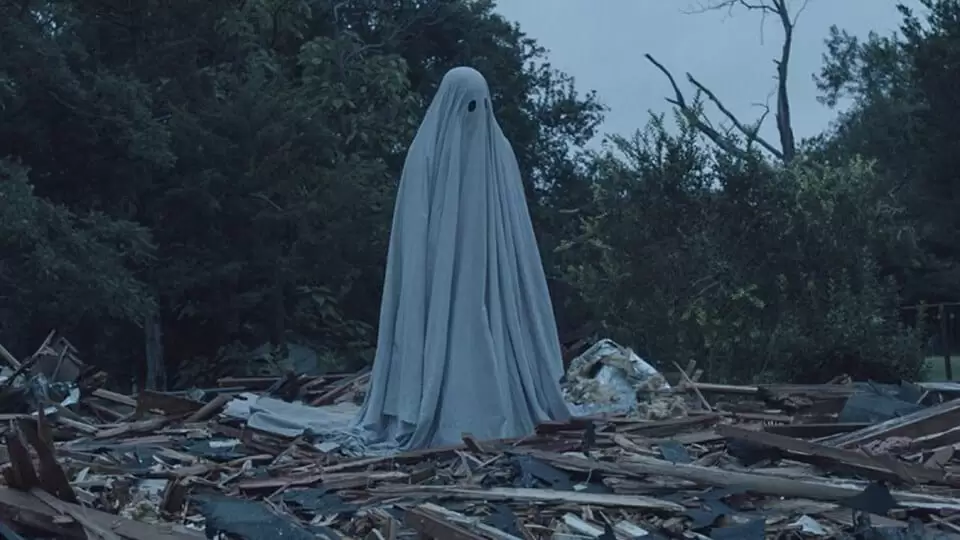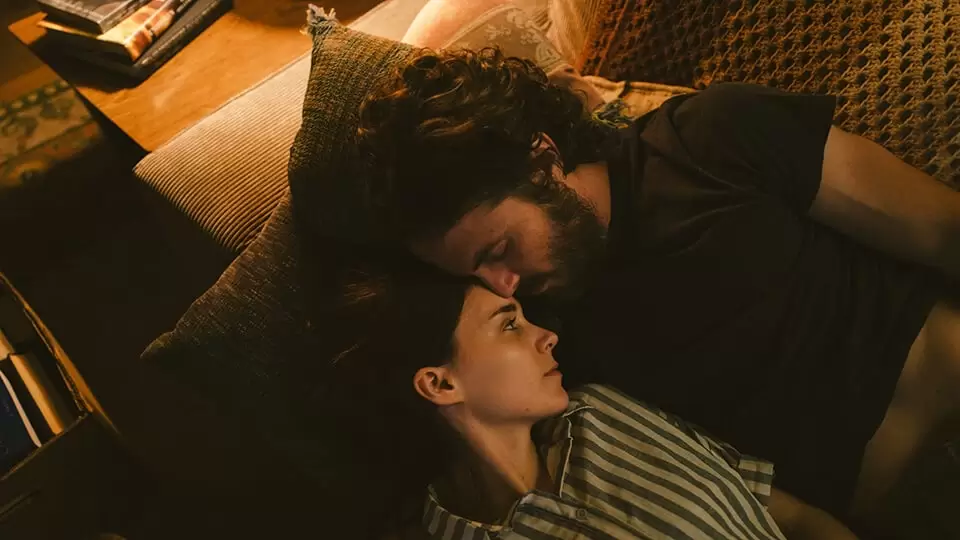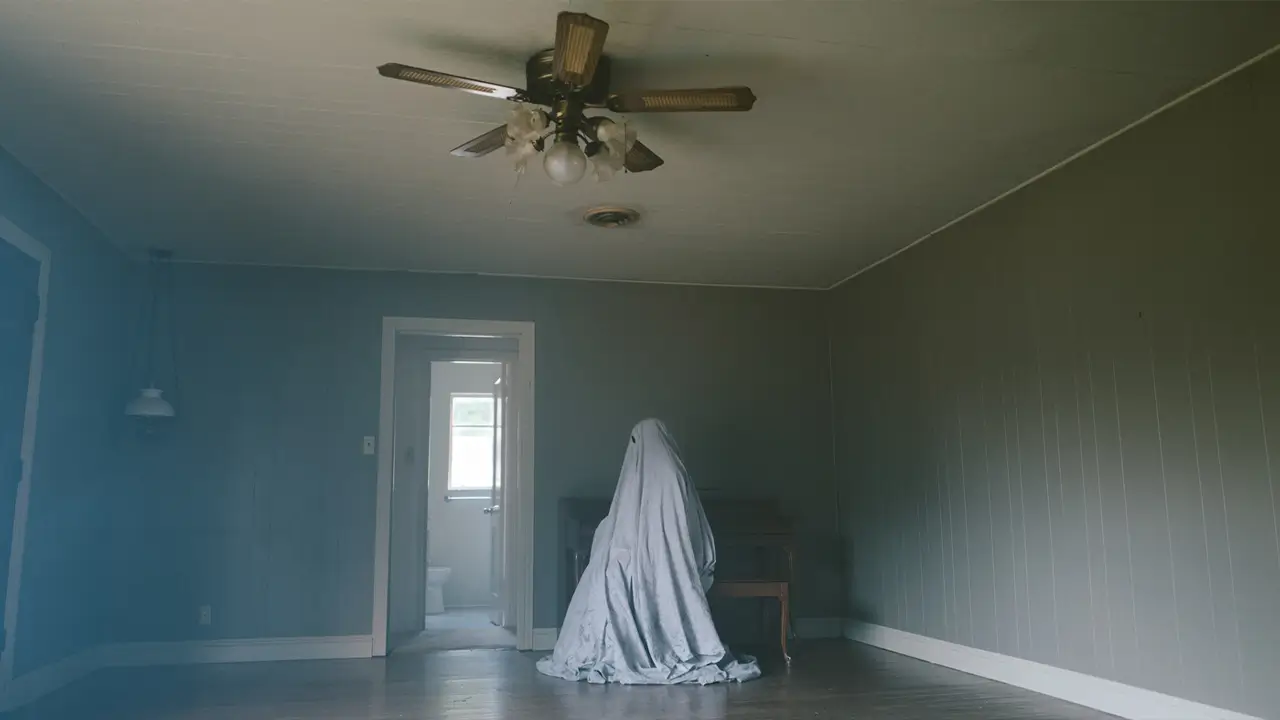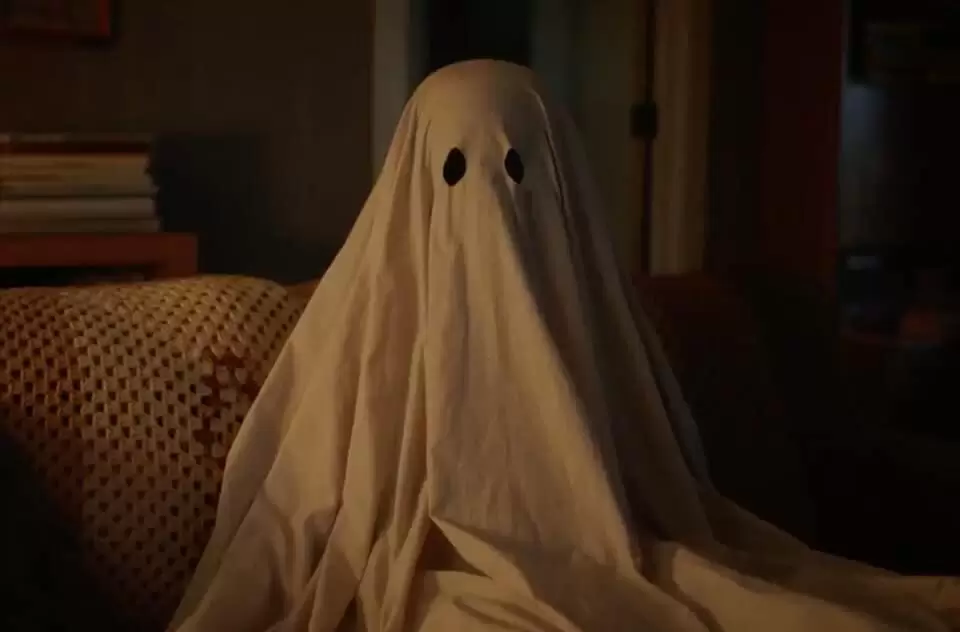A Ghost Story is a 2017 film written and directed by David Lowery.
Artistic films, which are independent productions and not preferred by the majority of moviegoers, have certain characteristics framed by shallow interpretations.
The slow flow of the story, the camera focusing on a landscape for long periods of time, dialogues peppered with aphorisms or sequences that reflect the stable position of the characters as they are, are listed as common features of artistic films for audiences who watch the film from a horizontal perspective. When we pay attention, it can quickly be seen that these features are common elements of a superficial view, far from depth. But unfortunately, just as ‘artistic’ films that have created their own market have audiences that perceive cinema shallowly, some directors’ concern to make ‘artistic’ films consists of the sum of the features we have just mentioned. Thus, every static scene of the film or every word in the dialogues drowning in the ‘density’ of meaning is presented to the audience by the director as complementary elements of aestheticism.
However, in order to be called artistic, a production must be far from formalism with its aesthetic stance that can gain meaning when viewed vertically rather than horizontally, and must be able to include the audience’s perception of time in its own flow by identifying the audience with the inner world of the character.
A Ghost Story fails in this regard. Although it was presented as a feature-length film, it was presented to the audience as a movie that was supposed to be a short film with an idea that came to the screenwriter’s mind, but with the ‘aesthetic’ sequences he added later, it was forcibly evolved into a feature-length film.
█ Related Post: The Struggle to Exist Despite Family: Casa Grande
Testimony of a Cyclical Life: A Ghost Story

The peaceful life of a married couple living in the ordinary routines of daily life is disrupted after a traffic accident. The man who dies after the traffic accident does not leave the world, he returns to his wife as a ghost, but he is no longer recognized by her. After returning home, he starts to watch his wife, sometimes at the foot of the bed and sometimes on the couch in the living room.
After his death, the man’s reappearance as a ghost, witnessing the flow of a life he no longer exists, turns into a tragedy. The ghost will find himself in the vicious circle of time as his wife forgets him after the mourning process, becomes involved with others and finally moves out of the house where they shared their life together.
The meaninglessness that begins when the woman he is in love with forgets herself turns into a deep emptiness based on the pain of being forgotten. Despite his wife’s departure, the ghost does not leave the house they live in. In the course of time, first a woman who lives with her children will move into their house, and then he will find himself in the entertainment of a crowded party. Witnessing the entire flow of time from the same point, the ghost witnesses a man’s tirade during the party as he watches his surroundings changing in the meaninglessness of daily routines. In this scene, which we can read as the subtext of the movie, the man speaks about the anxiety of extinction and oblivion, and tells the audience that his whole life is the product of an effort not to be forgotten.

Over time, the house he stays in will get older and older, and it will be demolished along with the house with another ghost in the window who has forgotten who he is waiting for. ‘I don’t think they will come back,’ says the other ghost, who has now lost hope and has chosen to disappear.
After their house is demolished and replaced by a high-rise plaza, our ghost, unable to bear the witness of modern life any longer, climbs to the top floor of the building and throws himself down. But his life does not end.
When he is resurrected, he witnesses a family father trying to build a new house in the same place centuries ago, and then all the members of this family are shot dead with arrows. In the accelerated flow of life and death, the movie will return to the time when the ghost was staying with his wife. Time has completed one full cycle and our movie will now be re-watched from the beginning with the ghost’s testimony.
Despite his wife’s insistence, he refuses her request to move because of the importance he attaches to experience, and one night he tells her that they can move now. As soon as he says this, the sound of a piano coming from the other room, which we hear at the beginning of the movie, makes sense. When the ghost, having received the news that they are moving, sits on the piano in despair, the couple cannot understand what is causing the sound.
The ghost, who also witnesses his death after a traffic accident the day after their decision to move, is now a ghost who can see both his own death and the ghost that appears after his death. He will emerge from the multi-layered time when he reads the paper that his wife tucked between the door with a note she wrote a long time ago, and he will disappear completely.
Leaving the question of what would happen if we could witness the before and after of our own lives in our minds, A Ghost Story also partially conveys the discomfort of not being able to participate in this life. As creative as the ghost presented to the audience with a simple blanket over it is, unfortunately, the characters we watch are unable to draw the audience into their own world due to the disconnected transitions between sequences and their acting like vegetables that can be delicious when consumed alone but do not go well with the dish. Still, we can’t help but wonder if love is the only ray of hope that can fill the unbearable nothingness of existence.


